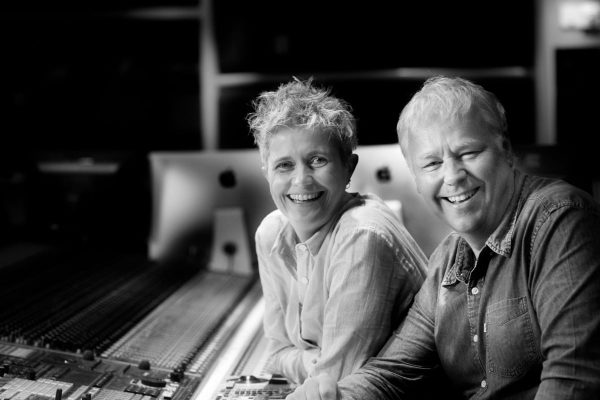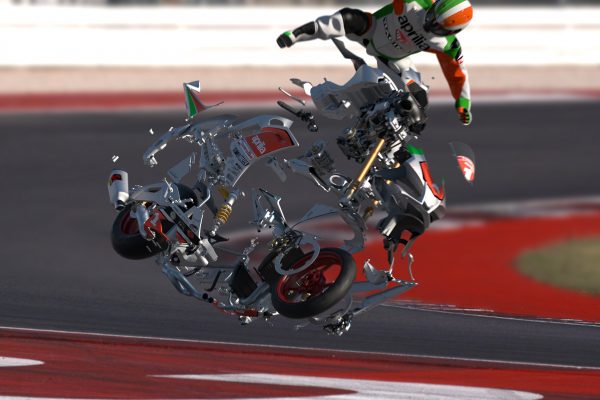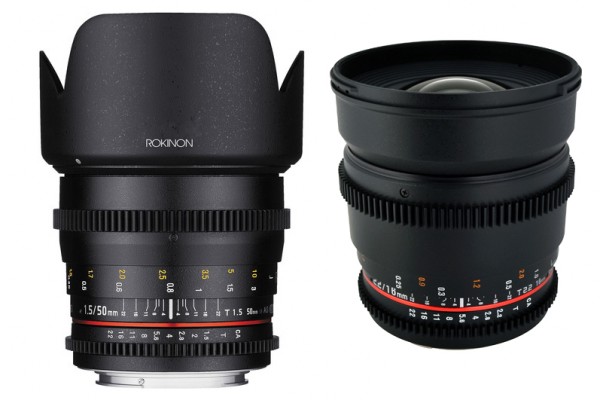If you’ve managed to avoid all the hoopla surrounding the release of David Fincher’s Gone Girl then kudos to you, but we also wonder if you’ve hidden your head under a rock?
The movie opened in the US last week and (according to Box Office Mojo) made almost US$38 million in its opening weekend. In the five days since its release it’s made over US$65 million, worldwide, so it’s already a successful film.
Fincher made headlines earlier this year, when it was revealed he’d shot the film on the 6K RED Dragon with DP Jeff Cronenweth. Now we’ve heard it was cut on Adobe Premiere Pro CC by Australian editor, Kirk Baxter ACE and is the first major Hollywood feature film cut entirely in Premiere.
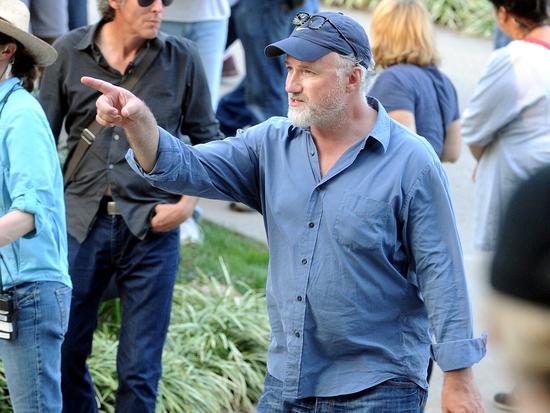
David Fincher on the set of ‘Gone Girl’ (image: Laura Simon)
Two-time Academy-Award Nominee, Baxter worked closely with his editorial team, made up of Tyler Nelson (Baxter’s long-time assistant editor), Peter Mavromates (Post Supervisor) and Jeff Brue of Open Drives (Post Engineer).
The team had successfully cut a Calvin Klein commercial (with Rooney Mara) on Premiere, which caused them to take a second look as to whether the Adobe’s NLE software could support the demands of a two-and-a-half hour feature film.
‘Team Fincher’ (as they called themselves) have worked on previous projects with the director and made the decision together to switch from Final Cut Pro to Premiere. Largely due to the software’s integration with After Effects, allowing multiple editors and VFX artists to work on the same project. Another deciding factor was due to Premiere’s ability to play back 6K files in real-time for VFX review, although for ease-of-use the film was cut in 2.5K.
Using Nvidia’s Quadro K5200 GPU’s on customised HP Z820 workstations, Jeff Brue was tasked with designing a storage system that would enable Premiere to work quickly and efficiently within a 6K feature film pipeline.
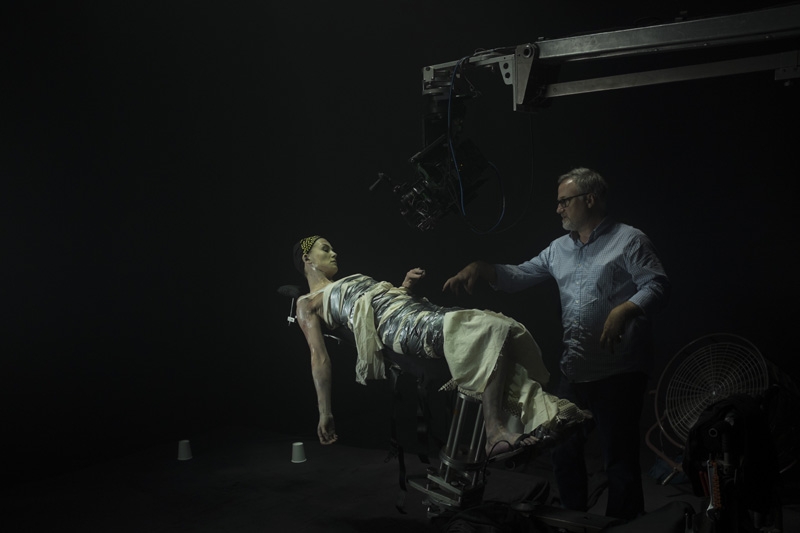
Fincher directing Rosalinda Pike on the set of ‘Gone Girl’ (image: Empire)
“Our goal was to get as many iterations as possible of the opticals and visual effects in a given period of time to make the story as good as we could,” said Brue. “The ask was for nothing less than perfection, which pushed us to do better.”
Peter Mavromates assumed the role of managing the pipeline, helping determine the post-production goals, and managing the visual effects work. Kirk Baxter worked on the edit relying on Tyler Nelson and others on the editorial team to navigate the technicalities of working on the pipeline.
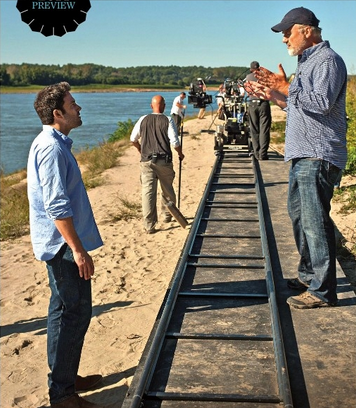
David Fincher directs Ben Affleck during the shooting of ‘Gone Girl’ (image: Merrick Morton)
“Working with the Adobe engineers was probably the best development experience I’ve ever had,” said Tyler Nelson, assistant editor. “Everybody was in tune with what was going on and we always had this amazingly collaborative environment. It wasn’t just about making our movie the best movie it could be, we wanted to make every movie cut on Premiere Pro CC in the future the best movie it could be.”
Trying to keep all his bases covered, Fincher had shot multiple takes of scenes changing minute details, such as reframing, stabilisation, or even split-screening to remove an extra breath. This gave the editing team plenty of material to work with and the result of all that meticulous detailed work, is a film where just about every shot seems flawless.
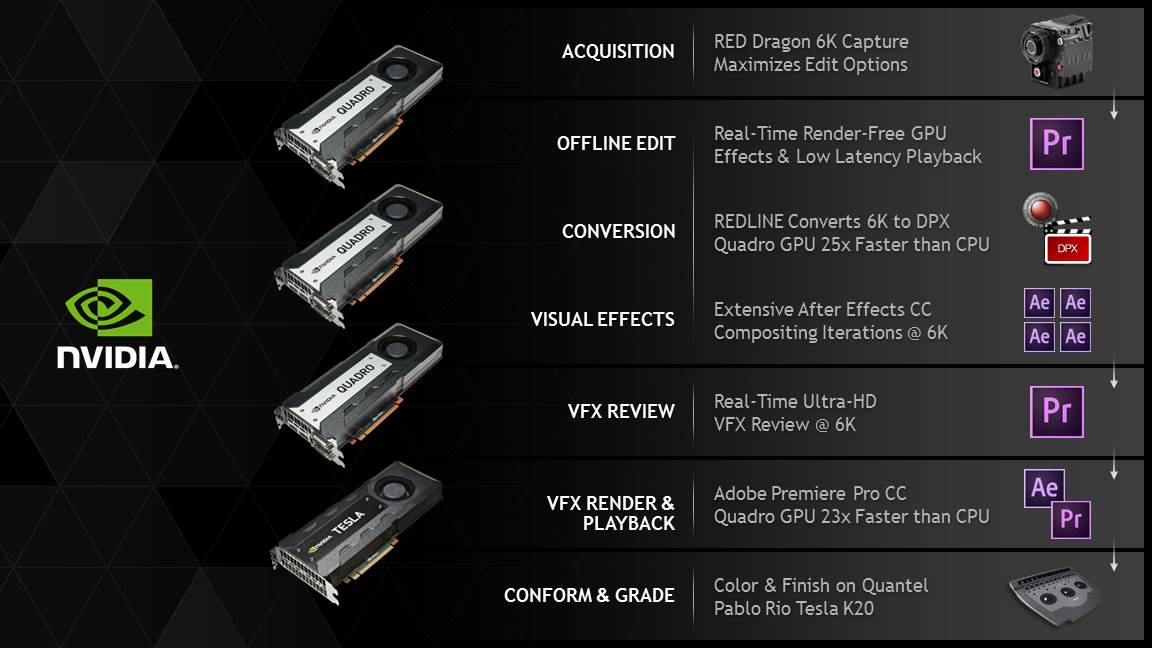
Gone Girl’s NVIDIA post workflow
As the Variety review says, “…editor Kirk Baxter cuts the picture to within an inch of its life while still allowing individual scenes and the overall structure to breathe…”
“On every film we face the challenge of reducing the screen time without losing content,” says Baxter.
“If we don’t have to cut out lines, but instead remove time from a scene by making invisible edits, that’s a win. The way David overshoots the frame in his films allows me to edit within the shot, then I throw it to the guys to sew together in After Effects, make it spotless, and stabilize the shot. That way David can judge the shots by the performance and delivery, rather than making comments on the technical aspects.”
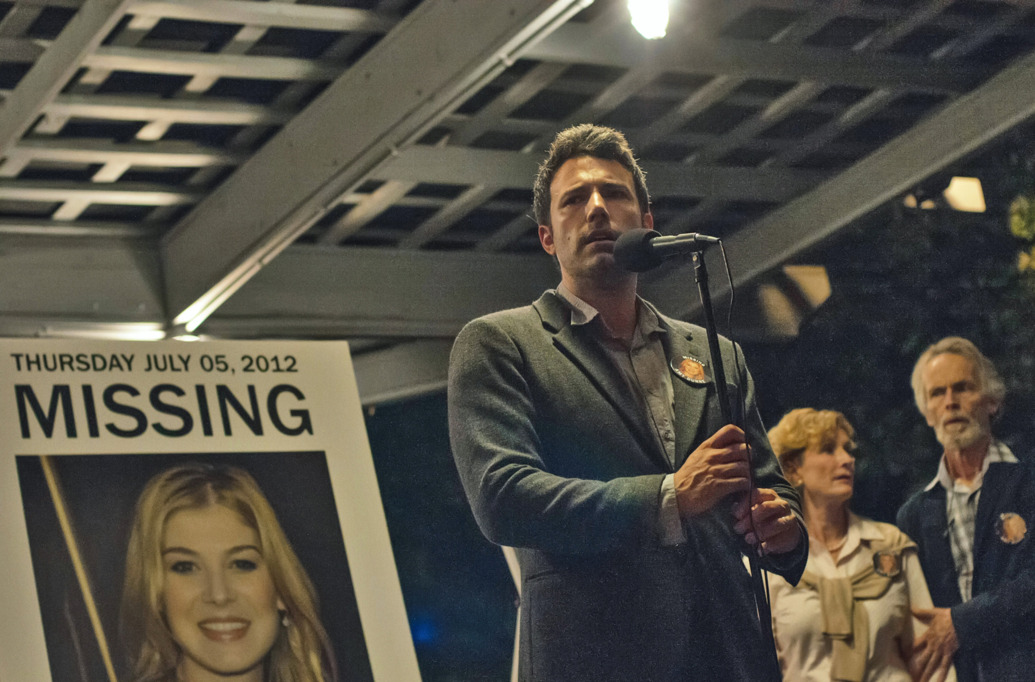
Nick Dunne (Ben Affleck) finds himself the chief suspect behind the shocking disappearance of his wife Amy (Rosamund Pike), on their fifth anniversary. 20th Century Fox’s feature film “Gone Girl”.
The team also did much of the visual effects work in-house, which allowed them to work in parallel with the editing.
As Baxter edited in Premiere, Nelson worked on the shots in After Effects CC. Because the programs are integrated (Dynamic Link) whenever Nelson saved a composition, it automatically updated in Baxter’s timeline. This workflow kept the shots looking cleaner and eliminated having to go back-and-forth or updating each of the team member’s timelines.
“On Gone Girl we managed to do a huge number of effects shots, probably more than 200, in house thanks to the tight integration between Premiere Pro and After Effects,” says Mavromates. “I don’t think the average viewer will think of Gone Girl as a visual effects movie. However, when you look closely at David’s movies he is playing little visual tricks and we are doing brass polishing on a significant number of shots.”
You’d think a group of self-described perfectionists, like ‘Team Fincher’ could never get a finalised film. But due to their strong working relationships and shared vision they managed to whittle down the footage and allow the story to unfold. Whilst at the same time giving the Creative Cloud video workflow through its absolutely most rigorous use case ever.
No time to rest though, as there’s always another project in production that needs preparation before the post team take over.
Gone Girl is currently screening in the US, UK, Australia and Europe. With further release dates later this year for Italy, African countries, India, Japan and other parts of the world.
Want More?
Check out Adobe’s BTS video on the editing process, with interviews from Baxter and ‘Team Fincher’, here. Also, you can read Nvidia’s case study of the post production process, here.

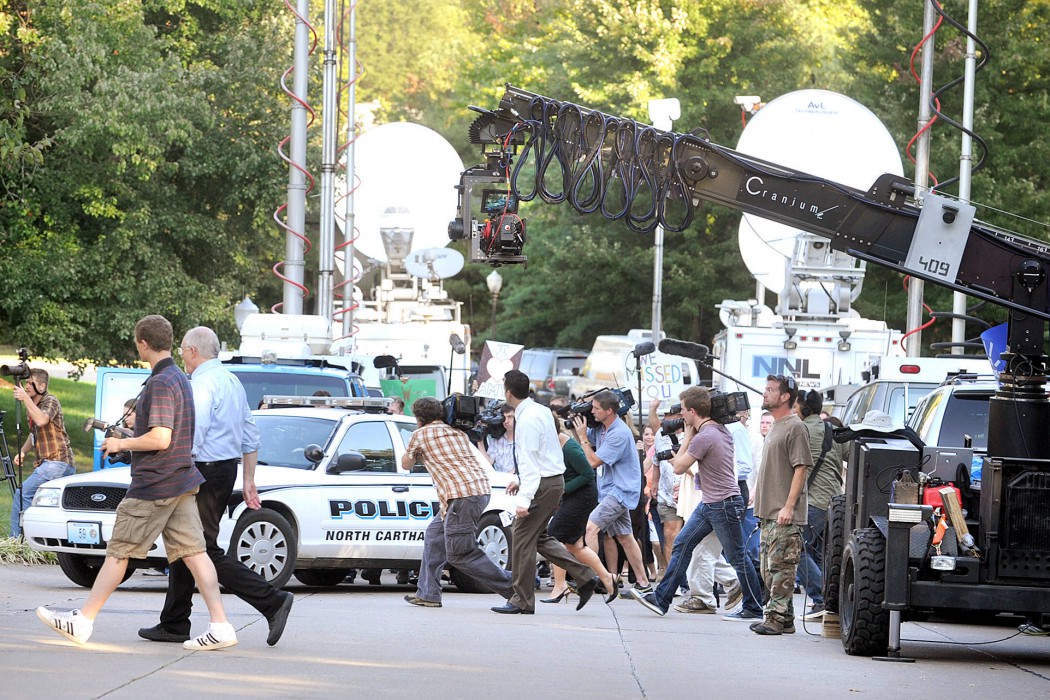

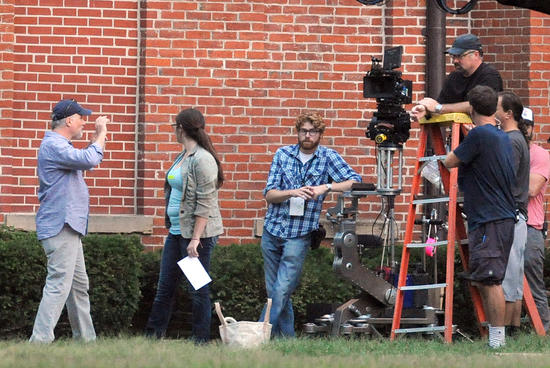
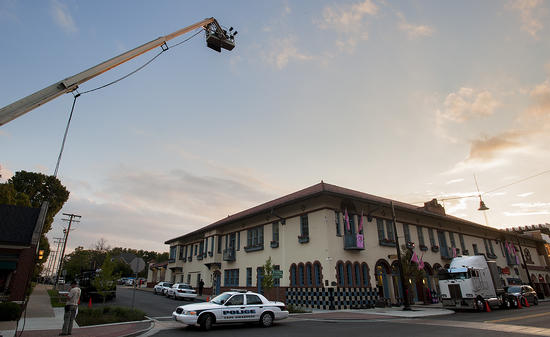
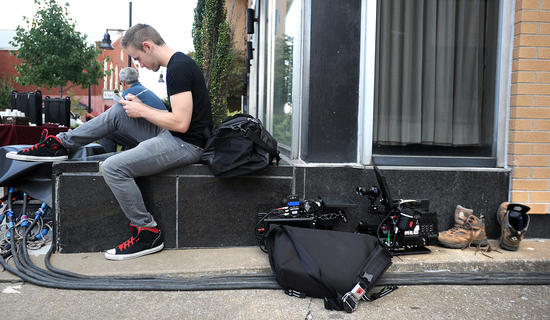

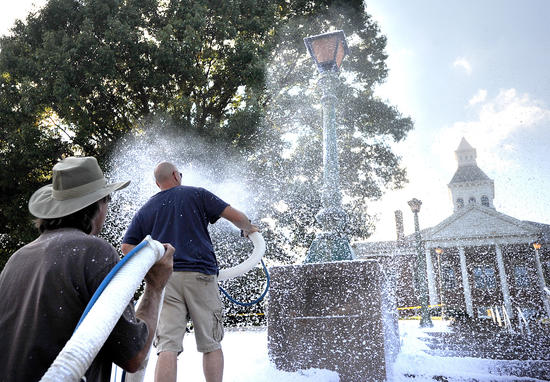
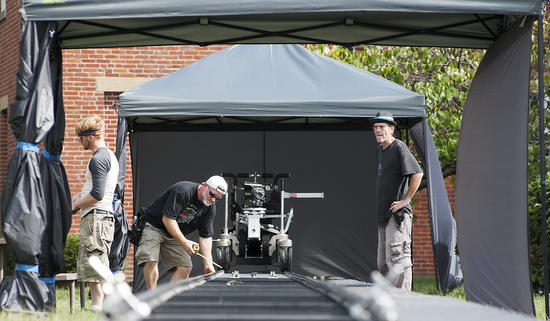
Excerpts from Press Release


